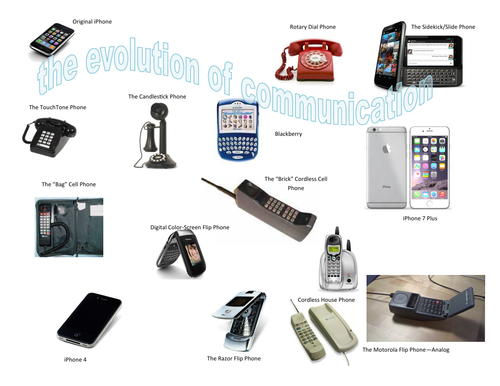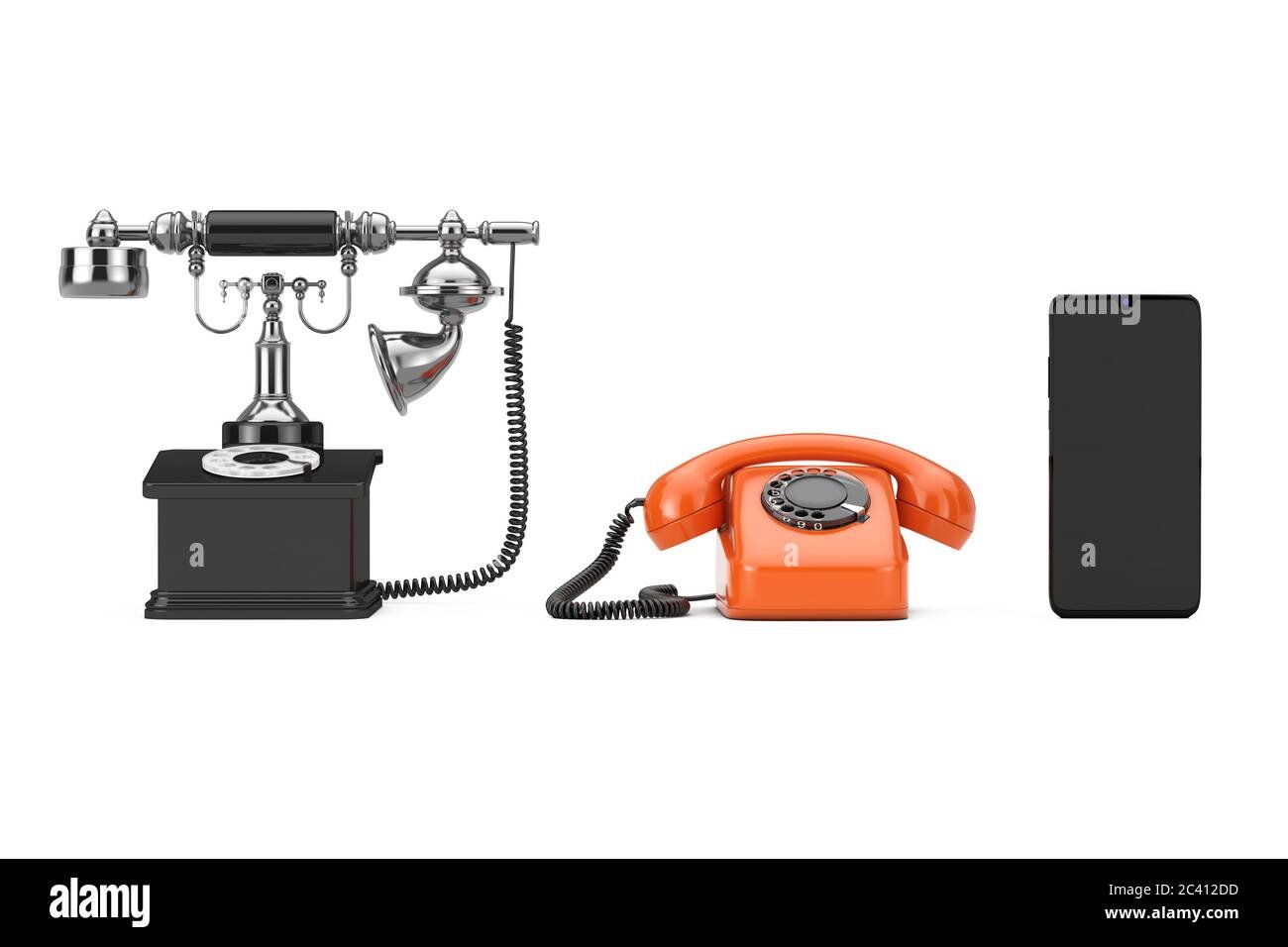The evolution of phones is a fascinating journey that mirrors technological advancements and societal changes over the past century. From the rudimentary rotary dial phones of the early 20th century to today’s sophisticated smartphones, phones have undergone significant transformations in form, functionality, and impact on daily life. This article explores the milestones in the evolution of phones, highlighting key developments and their implications.

Early Beginnings: The Rotary Dial Phone
The journey of the phone began in the late 19th century with Alexander Graham Bell’s invention of the telephone in 1876. Early telephones were basic, using manual switchboards and operators to connect calls. The rotary dial phone, introduced in the early 20th century, revolutionized communication by allowing users to directly dial numbers without operator assistance. These phones featured a circular dial with numbered holes, which, when turned, would send electrical pulses corresponding to each digit. This technology laid the foundation for more advanced automatic exchanges, making phone communication more accessible and efficient.
The Rise of Touch-Tone and Mobile Phones
The 1960s saw the introduction of touch-tone phones, which replaced rotary dials with push-button keypads. This innovation, known as Dual-Tone Multi-Frequency (DTMF) signaling, allowed for faster and more accurate dialing. The next significant leap came with the development of mobile phones. In 1973, Motorola engineer Martin Cooper made the first mobile phone call using a prototype of the Motorola DynaTAC, marking the beginning of mobile telephony. Early mobile phones were bulky and expensive, primarily used by business professionals. The first commercially available mobile phone, the Motorola DynaTAC 8000X, released in 1983, was a status symbol despite its size and limited battery life.
The Digital Revolution: From 2G to 4G
The advent of digital technology in the 1990s brought significant improvements in mobile phones. The second generation (2G) of mobile networks introduced digital signals, enhancing call quality and enabling text messaging (SMS). Nokia, with its iconic 3310 model, became synonymous with durable and user-friendly mobile phones. The transition from 2G to 3G networks in the early 2000s enabled faster data transmission, facilitating internet access, multimedia messaging (MMS), and video calls. Phones began to integrate more features, such as cameras, music players, and rudimentary internet browsers. The launch of the iPhone in 2007 by Apple marked a paradigm shift, blending phone, music player, and internet communicator into one device, setting the standard for future smartphones.
The Smartphone Era: Connectivity and Apps
The proliferation of smartphones in the 2010s revolutionized the way people interact with technology and each other. These devices, powered by advanced operating systems like iOS and Android, provided users with a wide range of functionalities beyond voice calls and texting. High-speed 4G networks enabled seamless streaming, video calls, and real-time social media interactions. The introduction of app stores opened a new world of possibilities, allowing users to customize their phones with a vast array of applications for gaming, productivity, navigation, and more. Smartphones became essential tools for daily life, integrating features like high-definition cameras, GPS, and biometric security.
The Future: 5G and Beyond
As we move into the 2020s, the rollout of 5G networks promises to further transform the landscape of mobile communication. With faster speeds and lower latency, 5G will enable advancements in augmented reality (AR), virtual reality (VR), and the Internet of Things (IoT). Smartphones are expected to become even more integral to everyday life, serving as hubs for smart homes, health monitoring, and autonomous vehicles. Foldable phones and devices with flexible screens are already hinting at the future of phone design, blending the functionality of smartphones and tablets.

Societal Impact and Considerations
The evolution of phones has had profound implications on society, influencing how people communicate, work, and socialize. While phones have made global communication instant and accessible, they have also raised concerns about privacy, mental health, and digital addiction. The ubiquitous presence of smartphones has reshaped social interactions, with many people now relying on digital connections over face-to-face communication. As technology continues to advance, it is crucial to balance innovation with mindful usage to harness the benefits while mitigating the drawbacks.
In conclusion, the evolution of phones is a testament to human ingenuity and the relentless pursuit of better communication tools. From the humble beginnings of rotary dial phones to the cutting-edge technology of today’s smartphones, each milestone represents a significant leap forward. As we stand on the brink of the 5G era and beyond, the future of phones promises even more exciting developments, shaping the way we live, work, and connect with the world.





